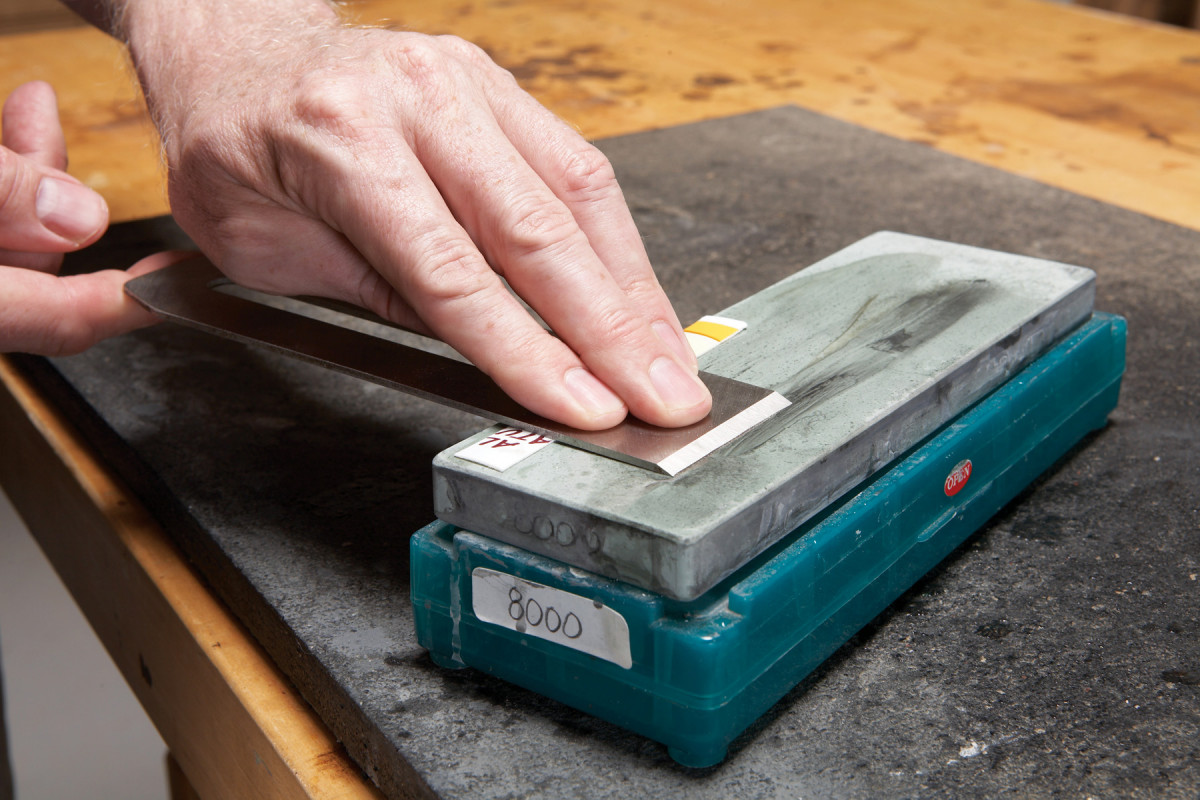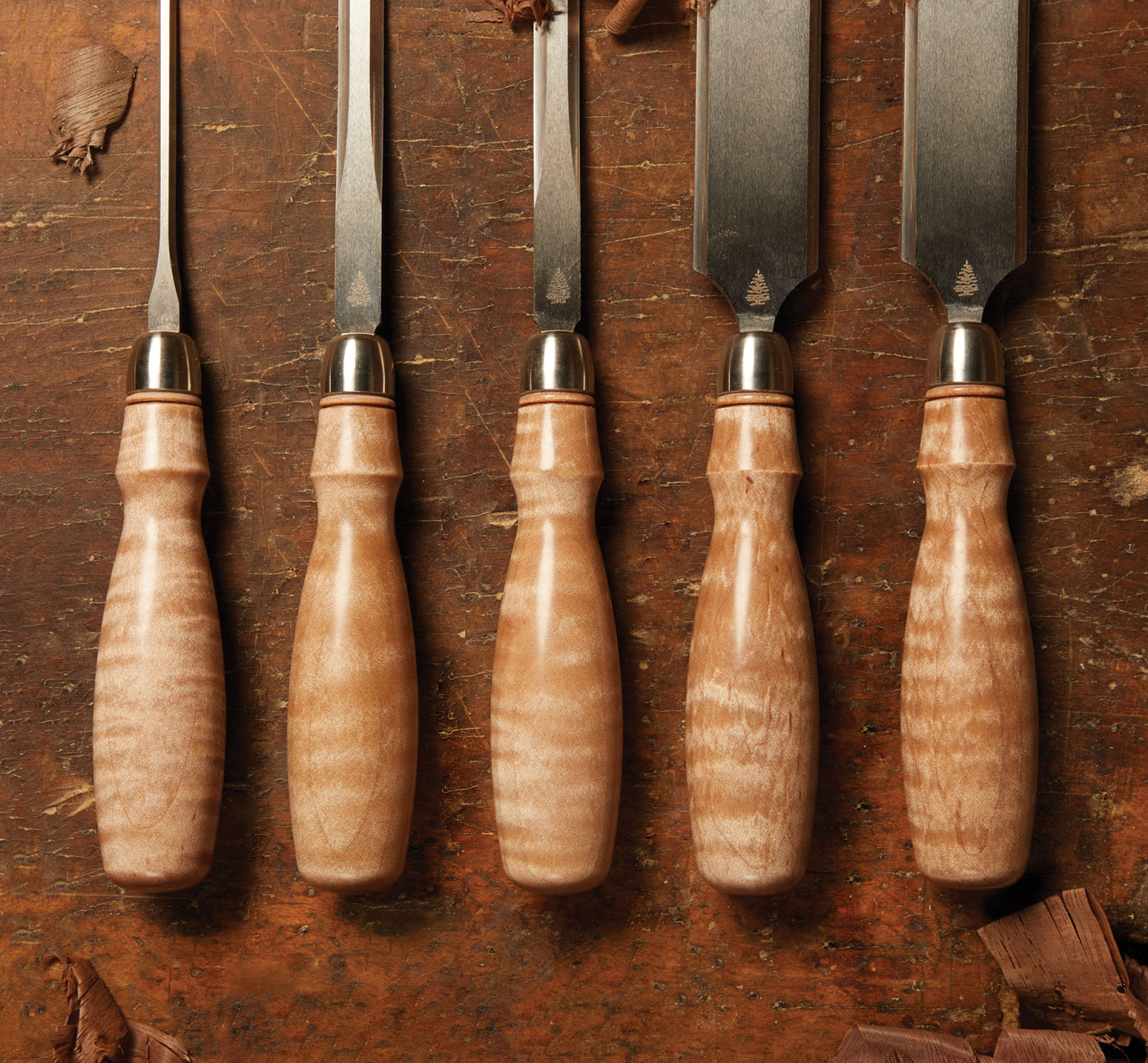We may receive a commission when you use our affiliate links. However, this does not impact our recommendations.

It’s an age-old question I hear uttered hundreds of times a year: What hand tool should I buy first? Without context, the question is impossible to answer. Most times, I fire back several questions that help people understand why I can’t give them specific recommendations yet. What tools do you already own? What do you want to build? Do you want to mill lumber and will you use hand or power tools to do it? The trouble is, most new woodworkers don’t know the answers to these questions, and therein lies the difficulty. Tool-buying decisions depend on what the user plans to do on his or her woodworking journey, which is something probably unknown at the outset. Because you are reading this, I’m going to assume you are interested in the hybrid method and you already have a decent complement of power tools. Armed with that information, here are a few recommendations:
For Basics Week we’re presenting a special offer on our PopWood+ membership, where you can save 25% off your first month or full year when you use the code BASIC23 at checkout.
 A Sharpening System
A Sharpening System
Yes, I realize that it’s anticlimactic to recommend sharpening equipment as a first purchase. It’s like telling new teenage drivers that before they can have the keys, they have to learn how to change the oil. But just like a car, hand tools can’t function without regular maintenance in the form of properly sharpened blades. If you don’t have a rudimentary understanding of sharpening, your hand tools will be nothing more than cool-looking paperweights. For years, I avoided hand tools primarily because I never had good results. My block plane seemed to have a ferocious set of teeth that would bite aggressively into the wood surface. The heart of the problem was with the tool, but the fault was all mine. If I had taken the time to learn how to sharpen the blade, the tool would have performed well enough to encourage me to use it more, which would have driven me deeper into the world of hand tools. This is why I think acquiring sharpening skills is the first step in anyone’s journey into the hand-tool world.
 Chisels
Chisels
A set of chisels is an absolute requirement for woodworking. Most woodworkers already own a set, even if they only use them as can openers. Chisels are assets for not only making joints, but also for general multitasking. There are many times during a project when something needs trimming or shaping and the chisel is the only tool that can do the job. Once you know how to wield them, chisels will become your solution to a lot of random problems.
 Router Plane
Router Plane
I never knew I needed a router plane until I had one in the shop. When it comes to cleaning up tenons and grooves, the router plane is my weapon of choice. Because it has a controllable depth setting, it is user-friendly and probably the easiest tool for power-tool users to wrap their brains around. The router plane is the perfect transitional tool, bridging the gap between hand tools and power tools and setting the woodworker up for early hand-tool success.
Here are some supplies and tools we find essential in our everyday work around the shop. We may receive a commission from sales referred by our links; however, we have carefully selected these products for their usefulness and quality.









I like this work.
I would suggest buying one of the books about sharpening first, even before investing in a sharpening system. That way you will understand what sharp really means and what it takes to get a blade really sharp. I can personally recommend both Ron Hock’s and Leonard Lee’s books. Also it wouldn’t hurt to watch a video on basic sharpening techniques. Paraphrasing, sharp fixes just about every problem you’ll encounter, and the ones it doesn’t it will get you very close..
I hear your argument on the sharpening equipment. My dad made me a tool tote for my ninth birthday. Inside was a hammer, a set of butt chisels, a block plane, a try square and a nest of saws. No sharpening stones. I still use the hammer and square, both were good quality. I used every blade in the nest of saws until they were dull. The plane and chisels were quickly abandoned because I could not make them work. Being nine, I thought the problem was me. I know now that they were dull to start with and that Dad was probably afraid to give me sharp ones. Unfortunately, this led to my abandoning hand tools as soon as I could get my hands on power tools.
All good advise.
Actually, my recommendation for the first ‘tool’ is a workbench with shoulder and tail vises and bench dogs. My bench is the essential gluing, clamping, planing, assembly, sawing,…….and more, heart of my workshop.